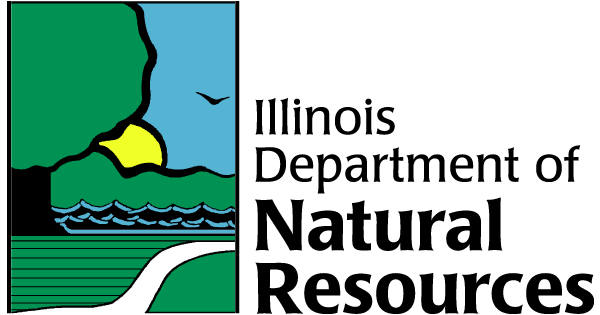Lincoln Trail Lake
The focal point of Lincoln Trail State Park is Lincoln Trail Lake, which covers 146 acres in the southwest corner of the park. With its numerous fingers and more than 7 miles of thickly wooded shoreline, it offers one beautiful vista after another. Lincoln Trail Lake was the third lake created in Illinois (1955-1956) using federal monies under the Dingell-Johnson Act. The lake's maximum depth is 41 feet.
Lincoln Heritage Trail
Fifty years after Lincoln's death, the Illinois General Assembly authorized the Illinois State Historical Library to mark the exact route traveled by Abraham Lincoln from Kentucky to Illinois. Almost another 50 years passed before the 1,000-mile trail was opened in 1963. With 3,000 markers showing the way, the trail winds through Kentucky, Indiana and Illinois. Lincoln Trail State Park is just west of the trail, as it follows IL Rt. 1. A few miles north of the park, the trail branches off onto a county road heading west toward Clarksville.
History
Long before Abraham Lincoln passed through the area that is now Lincoln Trail State Park, it was settled by Native Americans. Before the 18th century, the main tribes in the area were the Piankeshaw and Wea, of a Miami group. In the early 1700s, the Kickapoo moved south from Wisconsin, pushing the Piankeshaw and Wea south and east. The Kickapoos remained in control of the land until it was ceded to the United States in two separate treaties.
The western boundary of the first cession is known as the Old Indian Boundary Line or the One O’Clock Line. It runs through Clark County, passing through Lincoln Trail State Park near the boat dock and crossing the campground. It is called the One O'Clock Line because it is said that, if you look south from Pilot Grove in Vermilion County, the boundary runs in the direction of the sun at one o'clock in the afternoon. The area west of the original boundary was ceded by the Kickapoo in 1819.
The state acquired the first 31 acres of the park in 1936. The park and lake were officially dedicated in 1958.
Plant Life
American Beech Woods, an Illinois Nature Preserve, is an especially noteworthy part of the park. The deep ravines of the preserve contain a beech-maple forest that is little changed from pioneer days. Southern Illinois and the eastern border of the state are the only areas where the American beech grows in Illinois. It is a distinctive tree, with smooth gray bark. If you're looking for something a little out of the ordinary, try to find squaw-root and beech drops, two unusual wildflowers that lack chlorophyll.





